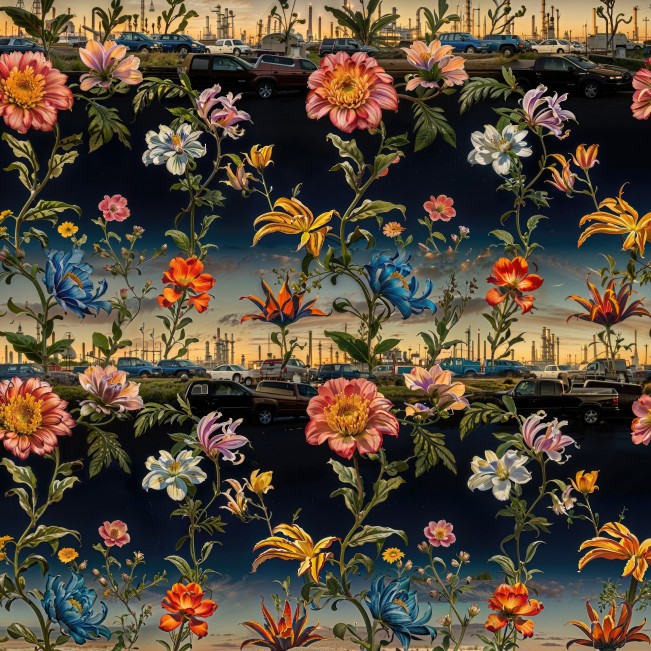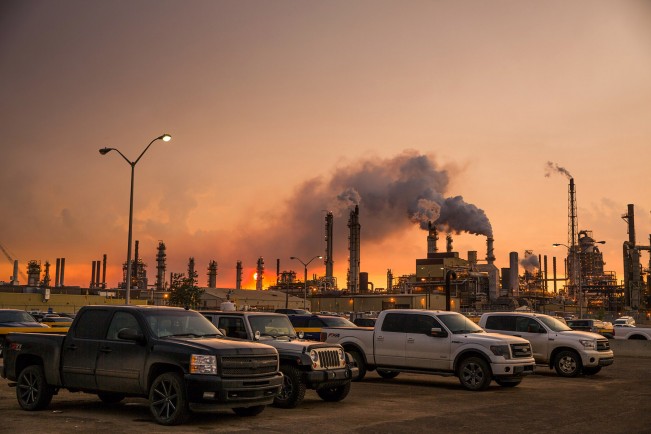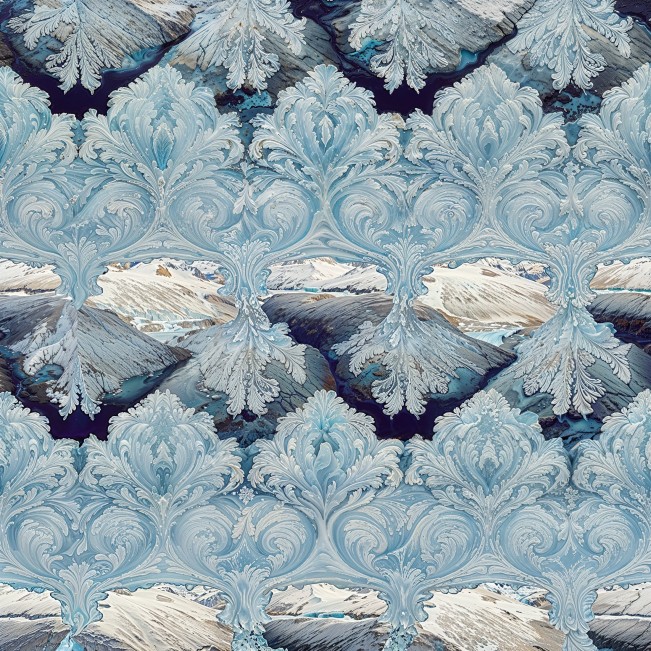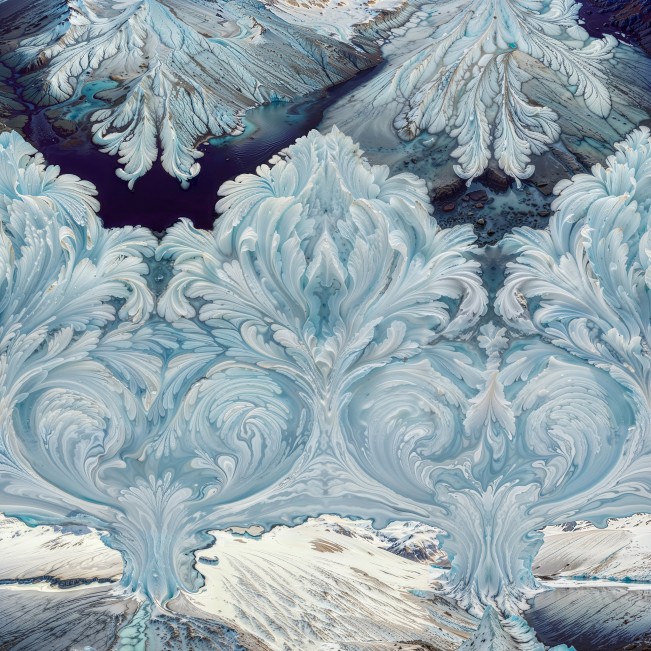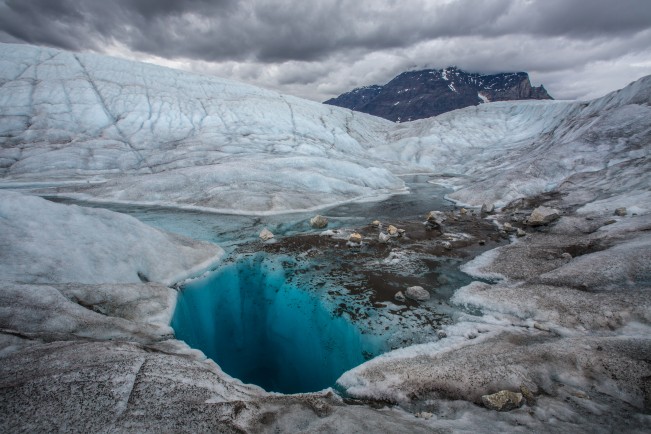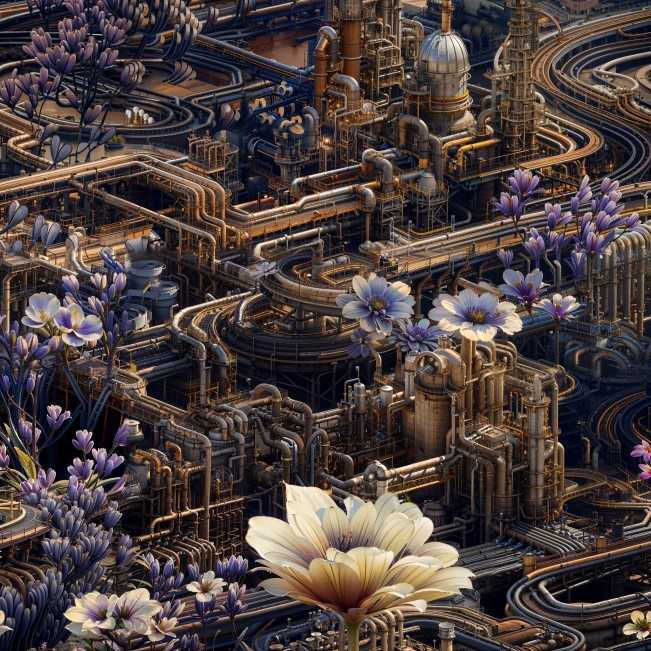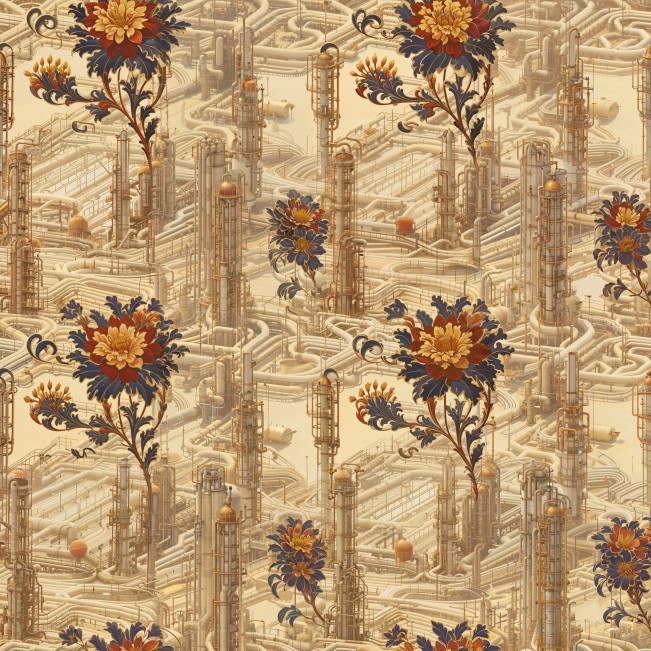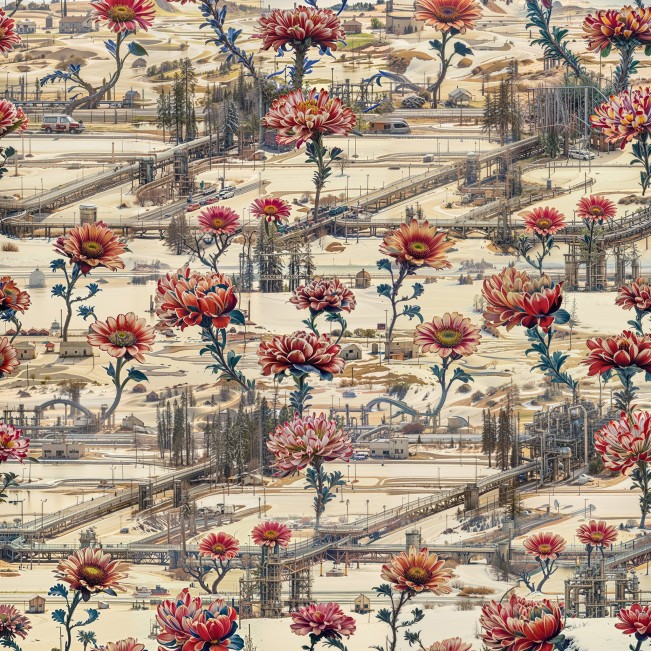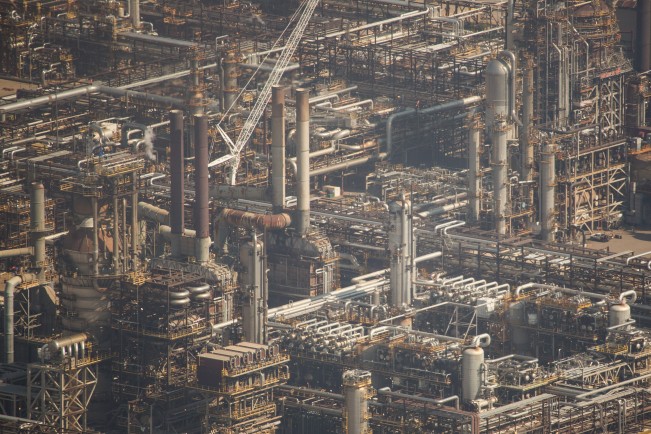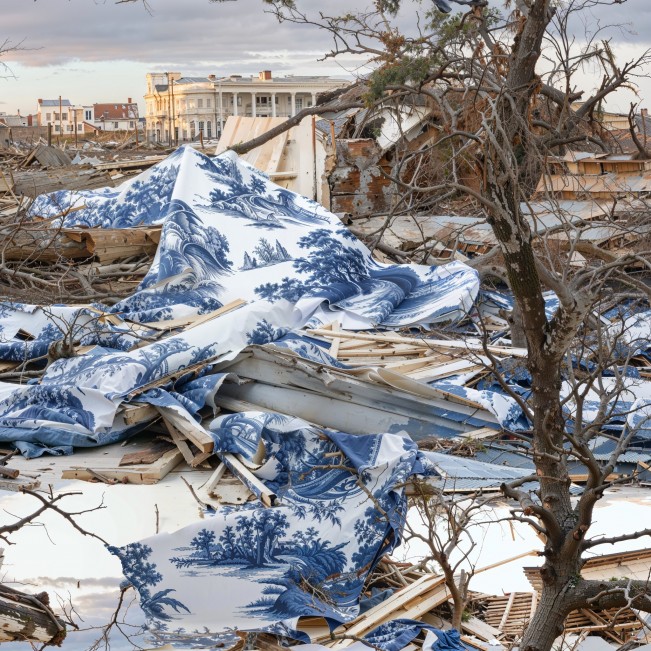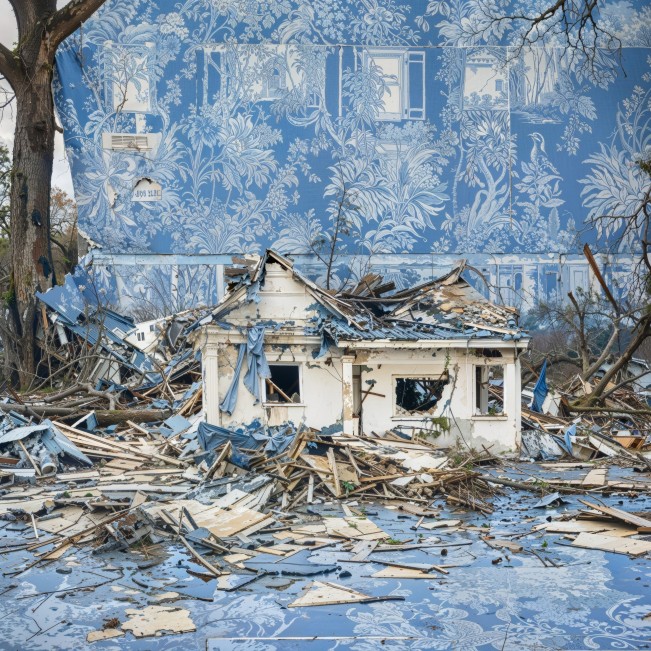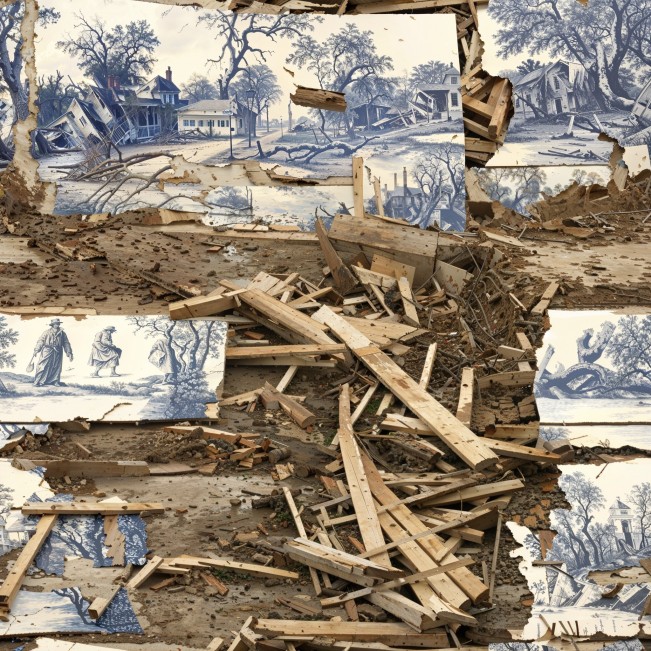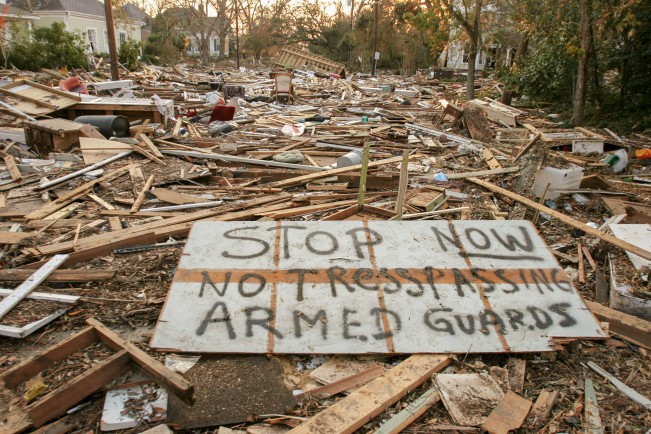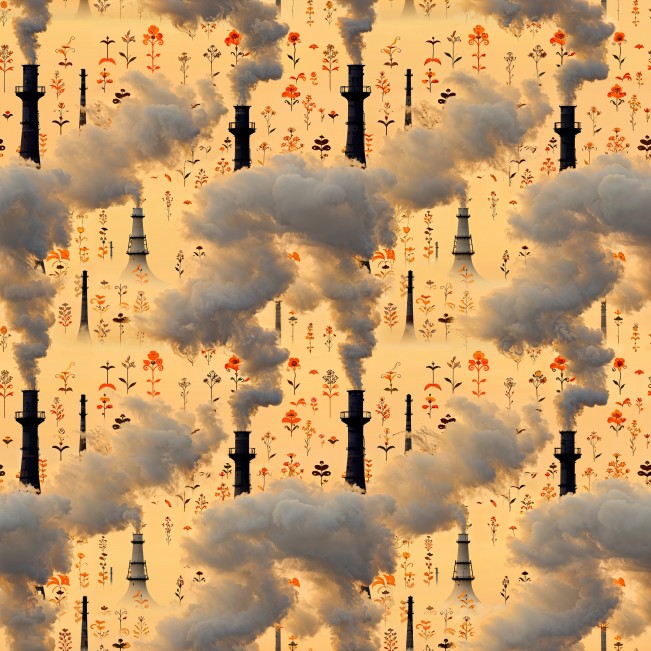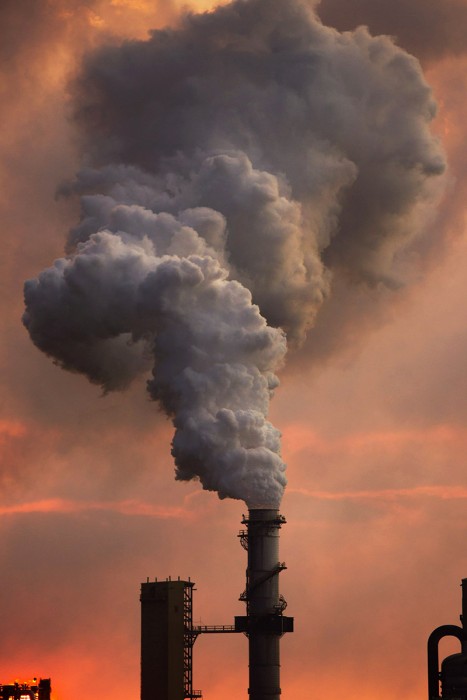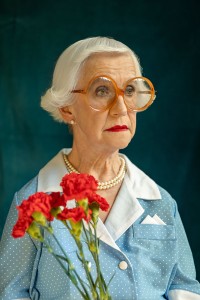Earth Week: Aaron Huey: Wallpaper for the End of the World
These bodies of work are linked by this thematic lens: making the often-invisible nature of the global climate and the ecological crisis more visible using conceptual, lens-based art techniques. Each body of work speaks to a different aspect of the climate and ecological crisis: sea level rise; coral bleaching; habitat loss and environmental destruction; deforestation; melting glaciers; plastic pollution. – Michael O. Snyder
Aaron Huey is an artist who has worked across multiple verticals of photographic practice, from traditional National Geographic stories (30+ features and several covers), to photo based AR and VR, volumetric photography (photogrammetry), and virtual world building with those objects. His work has most recently centered post-lens photography practices inside of virtual worlds, scanning electron microscopy, and AI collaborations. Huey is a 3 time Stanford Fellow, currently working with the Starling Lab to map Web3 ecosystems and build new frameworks for data integrity specific to photography and video. He recently launched a searchable blockchain archive project of every frame he shot with his first camera from 1999-2001 at firstfilm.xyz.
Follow Aaron Huey: @huey_in_the_machine
Aaron Huey is a photographer with over two decades of experience covering topics ranging from cultural heritage to conflict and the climate crisis. As a photographer for National Geographic, he has photographed over 30 feature stories including several cover stories. In 20 years of assignments there were many that focused, directly or indirectly, on the causes and effects of the climate crisis; from Hurricane Katrina to Southern California Wildfires, the Bakken Oil field boom in North Dakota to the Tar Sands of Canada, and the global retreat of glaciers. Specific images from these stories, the visual evidence of our folly and fallout, serve as the foundational seeds for the machine learning algorithms Huey employs to create the ‘Wallpaper for the End of the World’ series. Trained on his own photos they are then transformed into seamless scalable, historic wallpaper patterns for the end of the world. Literally made to be printed and cover the walls of office buildings or homes. All are free to download, print, and paste at: https://www.crisiscurated.com/collections. Additionally, these wallpapers can also serve as Zoom backgrounds (https://www.crisiscurated.com/video-backgrounds), perfect for keeping the conversation going during important virtual meetings. This allows for the climate crisis conversation to enter even the most corporate of digital spaces, all with the click of a button.
“The world is burning… but the wallpaper is beautiful!” These are the first words greeting visitors to crisiscurated.com —encapsulating the paradox of our times. The Crisis Curated project by National Geographic photographer Aaron Huey first launched for Climate Week and the 78th United Nations General Assembly (UNGA) convening in NYC last year, at the end of the hottest summer ever recorded and a year of the worst climate-related disasters in human history, including devastating wildfires and unseasonal hurricanes.
The project’s tongue-in-cheek approach, punctuated by lines like “When the world heats up, so does home decor,” makes it an irresistible but haunting public service repository.
With wallpaper names such as “Exxon Extinction Elegance,” “Chevron Chrysanthemum Combustion,” and “Shell’s Soot Blossom Serenity,” Huey directly confronts the corporations most responsible for the climate crisis, and offers the wallpaper at a “%100 discount to corporate offices.” It’s a beautiful but blunt reminder that we’re at the brink. The project’s innovative approach underlines the urgency and escalating peril of our global environmental crisis and forces a choice: to cover up or expose the climate crisis.
Updated collections will be released as we pass even more firsts, highests, and hottests in 2024.
Posts on Lenscratch may not be reproduced without the permission of the Lenscratch staff and the photographer.
Recommended
-
Earth Week: Aaron Huey: Wallpaper for the End of the WorldApril 26th, 2024
-
Earth Week: Casey Lance Brown: KudzillaApril 25th, 2024
-
Tara Sellios: Ask Now the BeastsApril 6th, 2024
-
ALEXIS MARTINO: The Collapsing Panorama April 4th, 2024
-
Emilio Rojas: On Gloria Anzaldúa’s Borderlands: The New MestizaMarch 30th, 2024


